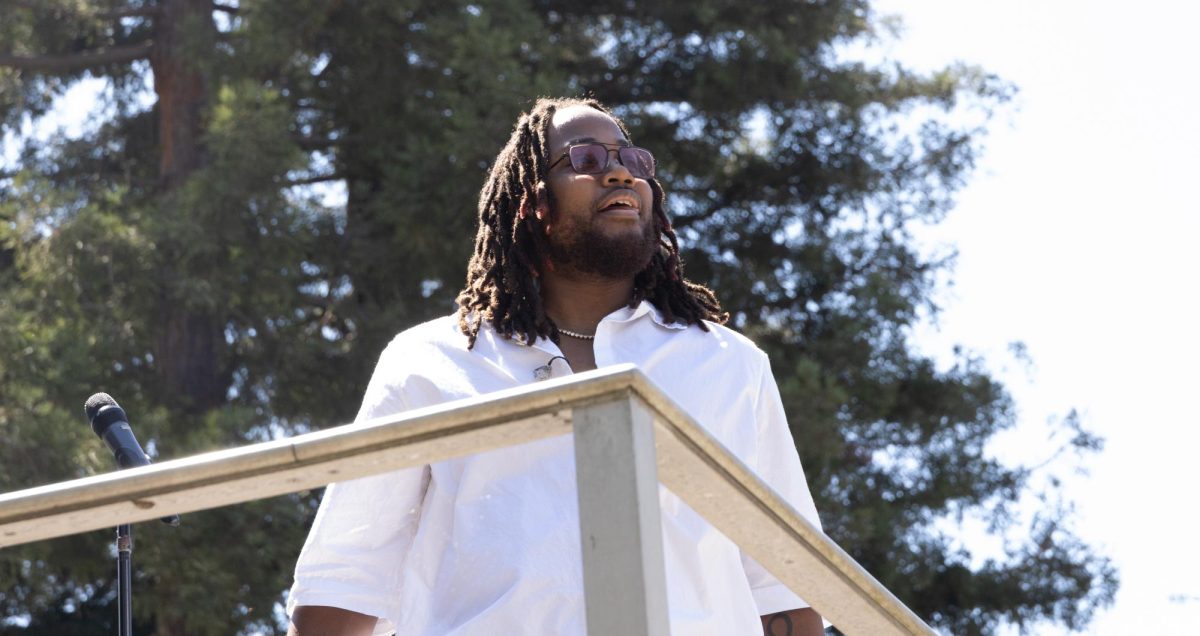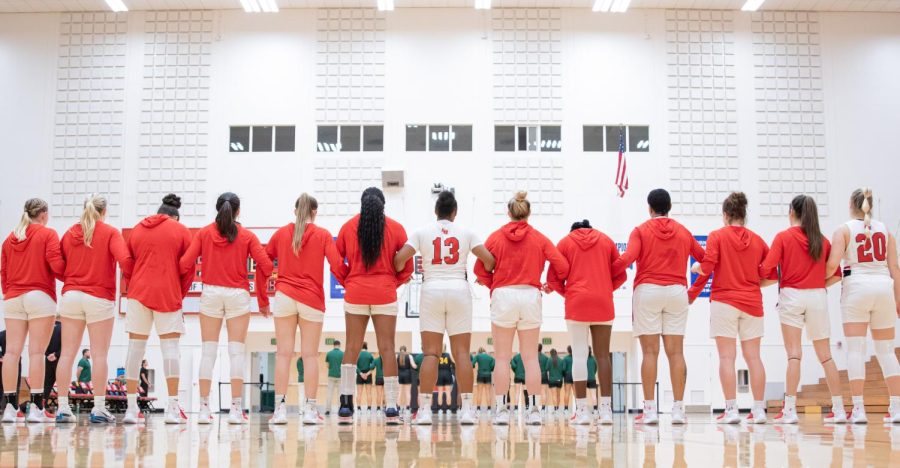Monday’s U.S. Supreme Court ruling, which barred mandatory life sentences for juveniles without the possibility for parole, moves the country closer to recognizing the differences between adults and children, and more importantly, provides greater chances for rehabilitation.
The closely contested 5-4 ruling changes how American youth are viewed in the judicial system, recognizing their cognitive differences and yielding greater flexibility to previously stringent punishments for minors who commit violent crimes.
The court recognized that youth have the ability to mature and grow dramatically, in comparison with adults, both in terms of behavior and brain development. The court determined that any previous mandatory life sentence without parole restricted youth rehabilitation.
Monday’s opinion, written by Justice Elena Kagan, did not outlaw all life sentences
without parole for juveniles but discouraged it, saying due to all the court had learned in recent cases “about children’s diminished culpability and heightened capacity for change, we think appropriate occasions for sentencing juveniles to this harshest possible penalty will be uncommon.”
The ruling places an emphasis on research showing the less-formed brains of the young make them less morally culpable and more capable of change later. So condemning them to die in prison ignores key advances in scientific understanding.
If there was ever a question about the necessity and effectiveness of rehabilitation, this case is one of the first landmarks to challenge that notion and hopefully prove it is possible.
Young offenders hold the greatest potential for genuine rehabilitation and this landmark case acknowledges that.
At The Pioneer, we applaud the Supreme Court for their ruling, as we believe it will change the future of crime in America by reducing juvenile recidivism rates.
Juvenile justice in the United States has long been on a roller coaster, as the question of whether or not to treat children offender like adults has always been highly controversial.
According to the California Juvenile Justice Reentry Partnership, as many as 70 percent of state committed youth are re-arrested within two years. Of those returning to jail, 80 percent have a history of substance abuse and as many as 70 percent have recorded mental health treatment needs.
In their ruling, the court recognized these issues, realizing nearly a third of juvenile offenders act in concert with accomplices, three times more often than older assailants.
What’s more, upon release, youth who are 18 and over lose their entitlement to children’s services and face significant barriers to employment and education. If rearrested, they are prosecuted as adults and may be sent to state prison.
Acoording to the American Academy of Child and Adolescent Psychiatry, 2,500 juvenile offenders are serving life sentences without parole in the United States — 16 percent of whom were sentenced between the ages of 13 and 15. This new ruling will give young people a second chance.
While this ruling signifies a step in the right direction, we hope the conversation about youth offenders is not finished.
The court stopped short of banning juvenile life without parole altogether, instead allowing this extreme sentence under the most unusual circumstances. The most sensible approach would be to make all juvenile offenders eligible for parole and allowing parole officers to work closely with them as they go through their rehabilitation process. In this way, rehabilitation will not only be encouraged, but ensured.











